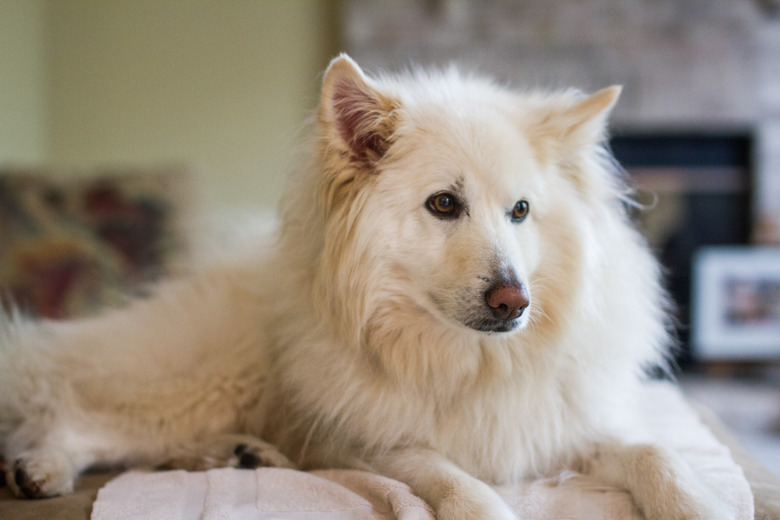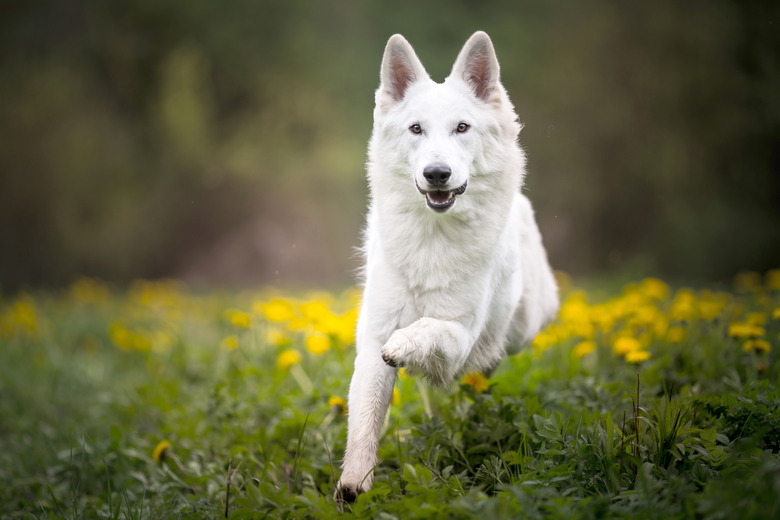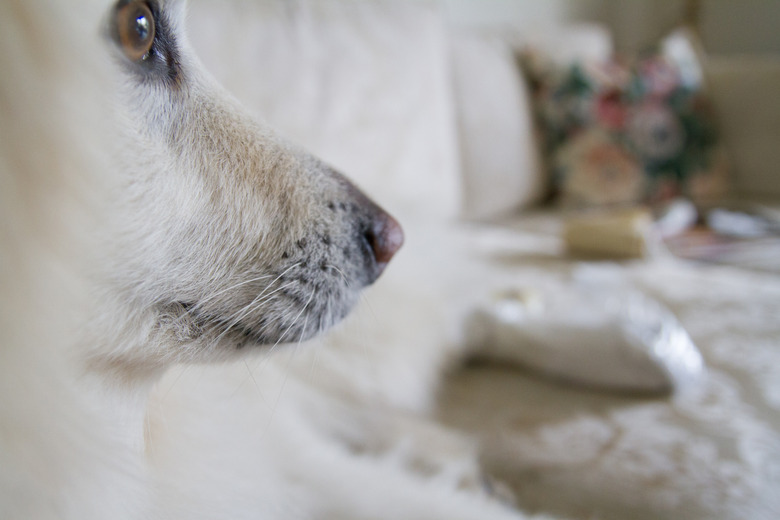How To Make A White Dog White Again
White dog owners understand that a dog doesn't stay white for very long. Your snow princess might be fresh from the groomer, but even one trip outdoors can leave her looking worse for wear — especially after an impromptu roll in the mud. And if you're frequenting the dog park regularly, you know just how easily dirt and dust can get trapped in your dog's coat (and find its way into your clean house!).
Without proper care, over time, your dog's white coat can take on the appearance of an old, yellowed photograph. But luckily there are plenty of things you can do to make your dog sparkly white again.
Best whitening shampoo for dogs
Best whitening shampoo for dogs
Regular bathing can remove dirt and debris that leaves your dog's coat looking dull and dingy. Use a shampoo designed for dogs to ensure it's gentle on your dog's skin and coat. If your dog's coat is particularly dull or yellow, consider using a bluing dog shampoo. Bluing agents are added to commercially produced dog whitening shampoos to enhance the appearance of a white coat.
The bluing doesn't actually whiten your dog's fur, but the blue hue is perceived by the human eye as white. Clarifying and bleaching shampoos are also available at pet product retailers, but be sure to read the ingredients. Some products contain harsh chemicals that may whiten your dog's coat but also dry or damage her tender skin. You also should be cautious about combining products. Using a bluing shampoo after a bleaching shampoo can leave your dog's coat blue instead of white.
Dealing with white dog stains
Dealing with white dog stains
While a bath will remove most stains from your white dog's coat, bathing too often isn't ideal for your dog and can cause dry skin over time. Though it depends on your dog's coat, skin, health, and other characteristics, groomers and veterinarians typically recommend bathing your dog once every four to six weeks.
To touch up stains in the interim, simply wipe them down with a pre-moistened pet wipe, typically found in pet supply stores, a baby wipe, or a wet paper towel. This will be gentle on your dog's skin and help get rid of both stains and odors between baths. Brushing your dog's fur regularly can also help shake loose dirt, debris, and dust that may be dulling his white coat.
Dog tear stain remover
Dog tear stain remover
Tear stains can give your dog an unkempt appearance, but they're an inevitability for certain dog breeds — and they're especially obvious on dogs with bright white coats. These stains may seem to appear almost immediately after bathing or grooming. Unless you want your white dog to spend her life in the tub or at the groomer, it's necessary to conquer these stains without undertaking the full bathing process.
To prevent tear stains from forming in the first place, wipe your dog's eyes two times each day with a tissue to remove wetness. You can also pat a very small amount of cornstarch under the eyes to absorb wetness and prevent the stains from forming. To deal with existing stains, you can use a dog tear stain remover, available at pet retailers, or you can use a cotton ball moistened with sterile saline solution. Never use anything around your dog's eyes that isn't formulated specifically for that use, as you could inadvertently damage or harm your dog's eyes. Trimming the longer hairs around your dog's eyes can also help, since these hairs have a tendency to trap bacteria and debris.
Tear stains can be caused by genetics, excess tears, or blocked tear ducts. Schedule a visit with your veterinarian to rule out potential medical issues that could be contributing to excess tear staining.


